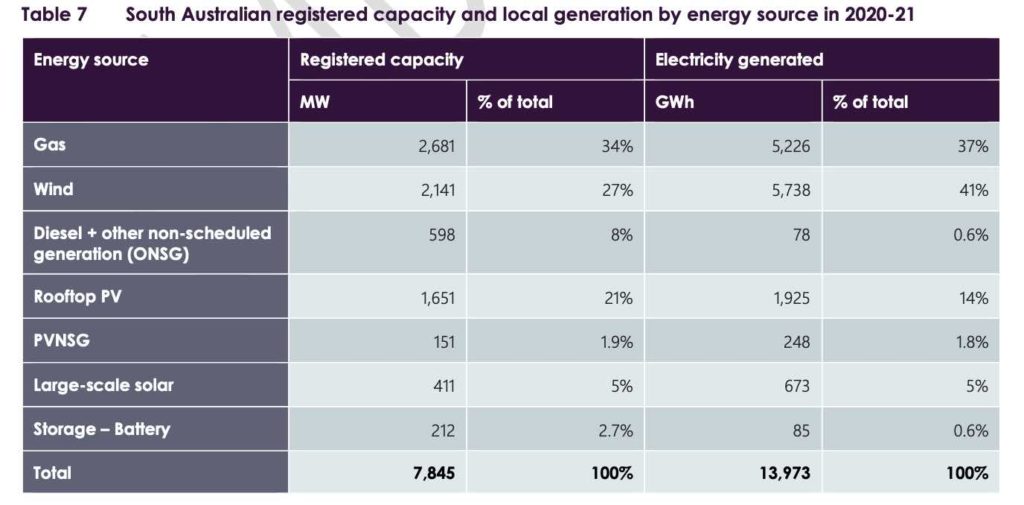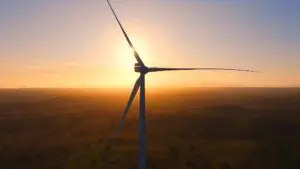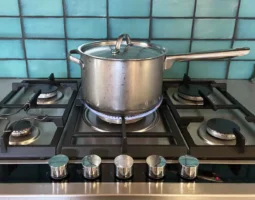South Australia’s world leading green energy transition to a grid dominated by wind and solar has delivered the lowest wholesale prices in the country, slashed emissions, and presents no concerns on the issue of reliability, according to the latest annual assessment by the market operator.
Wind and solar, the report confirms, has delivered a world leading share of 62 per cent of local generation in the past 12 months, wholesale sales were the lowest on the mainland at an average of $48/MWh, and grid emissions fell to a record low.
The achievements have been celebrated by the Liberal state government who, against many expectations, has thrown its support behind the switch to renewables, aiming for “net 100 per cent” renewables by 2030 and 500 per cent renewables by 2050 as it looks to low cost wind and solar to drive green hydrogen and a green industrial revolution.
State energy minister Dan van Holst Pellekaan noted the recent landmarks that include the local distribution network becoming a “net exporter” of rooftop solar for the first time in September, and repeated the event four times in October, including for four hours on one Sunday.
“This capped an extraordinary month as South Australia securely ran at over 72 per cent renewable energy in October, managing 100% renewables at times on nearly every single day,” he said.
One of the most remarkable changes in South Australia’s electricity grid is the growing role of rooftop solar, which delivered up to 88 per cent of total demand at times in October, and could reach 100 per cent of local demand either this spring or next.

Van Holst Pellekaan noted that AEMO’s new report – the South Australia Electricity Report – forecasts that within a decade South Australia will be producing well over 150% of the state’s demand from rooftop solar at certain times of the year.
“South Australia is now regularly breaking world records on renewables – operating securely and with the average residential market offer down $303 since we came to government.”
There’s much to celebrate in the AEMO report, particularly as it defies the continuing sniping of anti-renewable ideologues and pro-coal and pro-nuclear lobbies who insist that a modern economy cannot be supported by wind and solar, even if backed up by storage.
The AEMO report makes it clear that it can. It expects rooftop solar to supply up to half of all electricity demand within 10 years – depending on the outlook – and says that with the right protocols and mechanisms, and enough storage, this can be managed.
The graph above shows that generation of wind and solar accounted for 62 per cent of generation and battery output another. Gas fell 5.5 per cent to its lowest level ever, despite the absence of coal, the last of which was shuttered more than five years ago.

The emissions intensity of the South Australia grid reduced by another 9.8 per cent to 0.26 tonnes per MWh in 2020-21, the lowest levels to date.
“This change reflects increased penetration of rooftop PV and large-scale solar,” it noted. (No new wind has been added in the last two years).
The wider NEM has also been seeing reductions in emissions intensity since the peak in 2014-15, and reached its lowest levels to date in the past year, but was still almost three times as polluting as South Australia, with 0.70 t/MWh).
Prices also fell to their lowest level in the state for seven years, and the lowest in the mainland in the past year, even though much of the pricing was set by market dynamics in other states.

Van Holst Pellekaan said the $2.3 billion Project EnergyConnect, the new transmission link to NSW, would deliver further benefits to South Australia, because it will accommodate the increasing amounts of rooftop solar and increase capacity on the existing Victoria link, which – since the infamous statewide blackout in 2016 – is restricted to manage security risks
And he is keen to highlight the difference of views with state Labor over the transmissions link.
“Labor played politics with the SA-NSW interconnector for 20 years. But we underwrote it, got it approved, and contracted – to secure our grid, reduce bills and support more rooftop solar.”
Which is not the entire story because it was the Liberal government that preceded Labor that had first kiboshed the idea, and whatever the differences over the transmission link now, Labor’s efforts in setting the renewable transition in motion need to be recognised.
But we move on.
The AEMO report notes some other interesting milestones ahead. it predicts that rooftop solar will double in ten years – both in capacity and generation, and could total 4,000MW. It says non-schedule small solar installations (up to 30MW) could total 900MW by that time, and household battery storage up to 1,400MW.
Rooftop solar delivered 15 per cent of total state generation and this will at least double over the next ten years, and new mechanisms, including the ability to “shut down” rooftop solar if needed, and a new mechanism known as “dynamic arming”, which allows the operators to best identify where this should occur.
The report also predicts the state will be host 20 per cent of all home batteries on the country’s main grid over the next five years, and is factoring in new green hydrogen projects, and a big uptake of electric vehicles, which could account for one third of all grid demand.
It says “electrification” and electric vehicles could create 5.5TWh of demand by 2030. By 2050, that number could jump to 19.7TWh, about 155 per cent of today’s underlying consumption. Around 13.TWh would come from household and business demand switched from other fuels, and 6.6TWh from EVs.
Currently, the number of EVs in South Australia is estimated at 1,386 (all road vehicles), with just 3.29GWh of consumption.
The pipeline of large scale wind, solar and battery storage projects is even more spectacular, with some 2.7GW of battery storage proposals, (including virtual power plants) and 7.5GW of large scale wind and solar proposals.
“This report shows that the Marshall Government’s energy plan is the right one. It shows that the dozens of actions we’ve taken are working,” van Holst Pellekaan said.
“These have meant that SA had no outages due to lack of supply or system security issues, the best performing in the nation, since we came to Government.”









